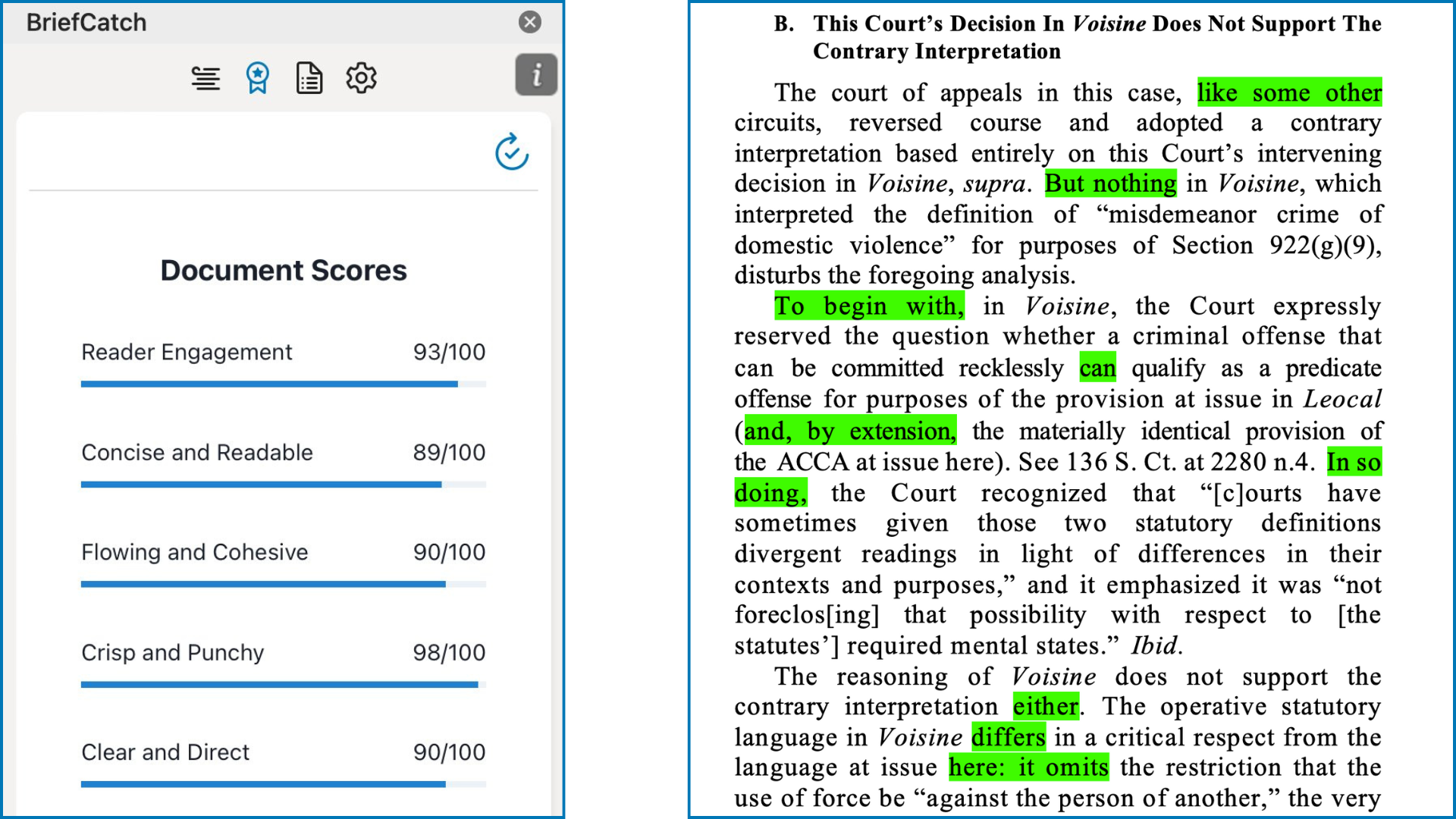A BigLaw Paragraph Meets BriefCatch: A Case Study
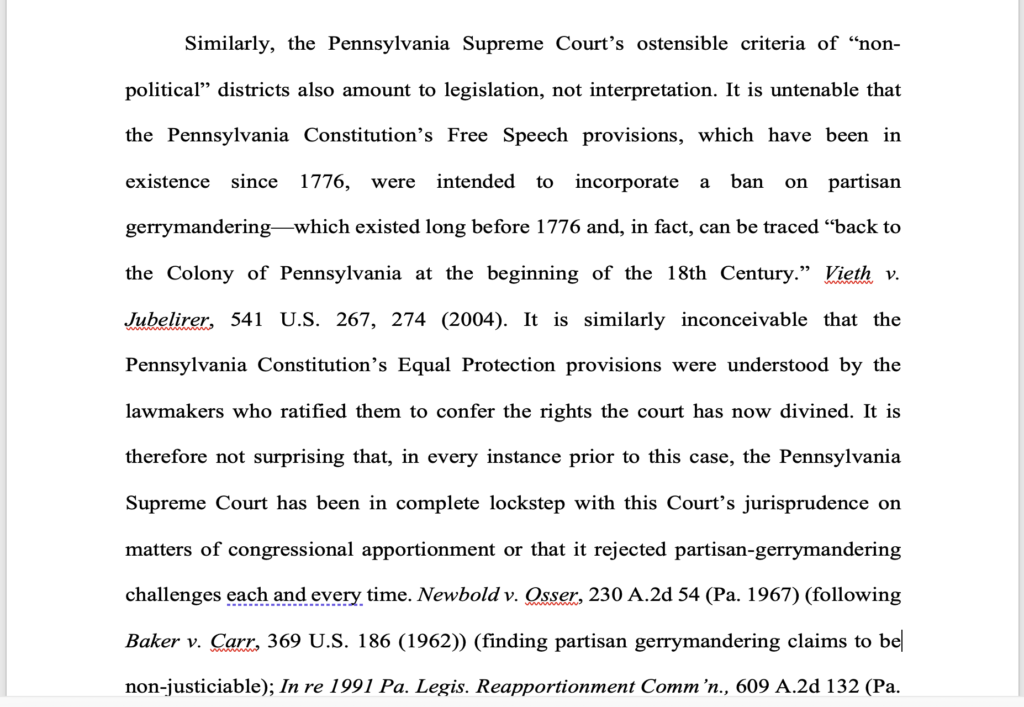
BriefCatch can help you find many issues in just this paragraph alone.
Throat-Clearing and Much More
The first thing to notice is the series of three throat-clearing sentences in a row: “It is untenable that . . . It is inconceivable that . . . It is therefore not surprising that . . .” These are highlighted below in yellow. We should recast the passage around actual subjects so that the reader doesn’t have to process a series of shifting dummy-pronoun “it” references. (They are called dummy pronouns because they don’t actually refer to anything.)
There are also a few grammatical errors (highlighted in red) and several phrases that can be tightened up to enhance readability or clarity (highlighted in light blue).
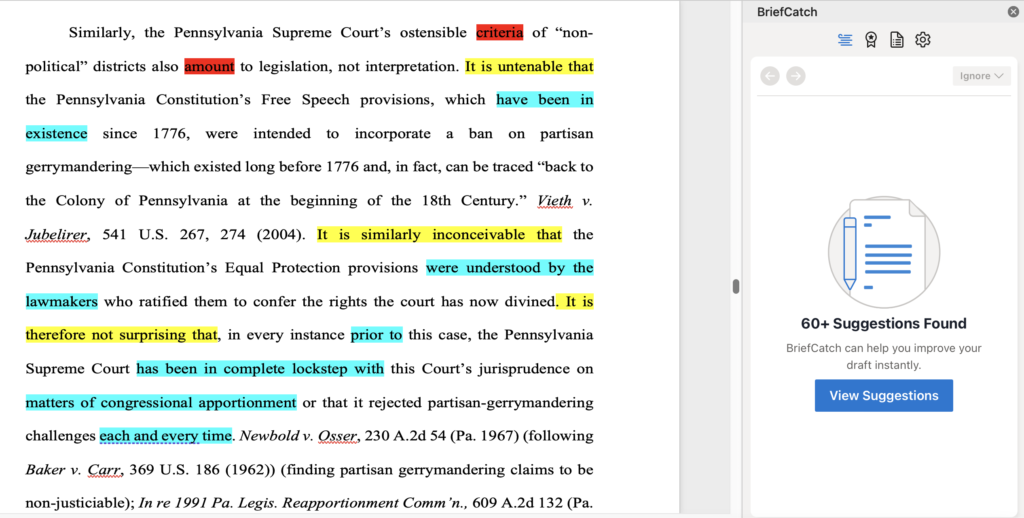
Grammatical Errors:
- In the first sentence, there is only one criterion, not several “criteria.”
- Also in the first sentence, the verb should be singular: “amounts,” not “amount.”
Readability and Clarity Edits:
- In the third and fourth lines, “been in existence” is wordy for “existed.”
- The second sentence, which runs 50 words, has an unhelpful passive construction (in blue) that obscures the sentence’s point. We can also put like parts of the sentence together.
- What does “has been in complete lockstep with” mean?
- We can tighten “matters of congressional appointment” to “congressional-appointment matters.”
- “In every instance” and “each and every time” (which is itself a classic wordy phrase) are redundant.
Let’s make those changes:
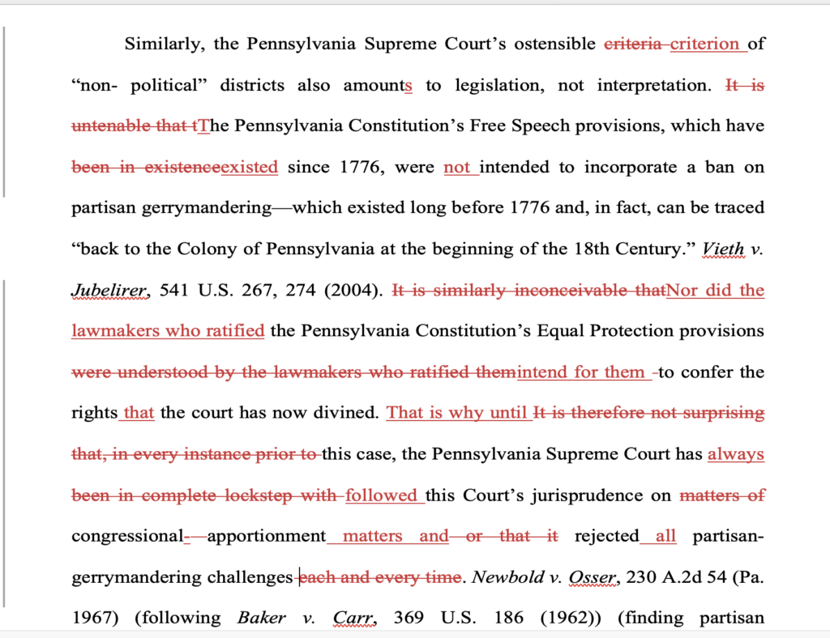
And here’s a new paragraph just seconds later: shorter, tighter, and, let’s hope, clearer:
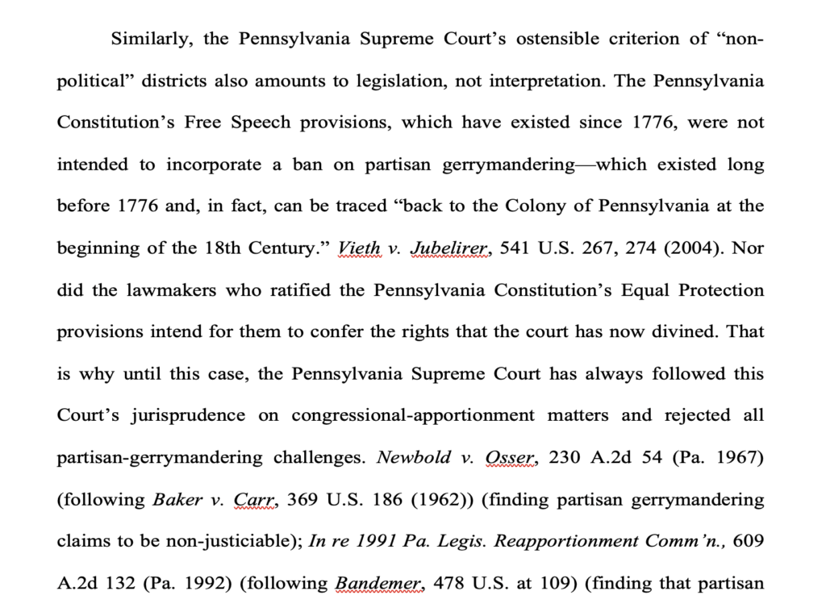
 By
By


